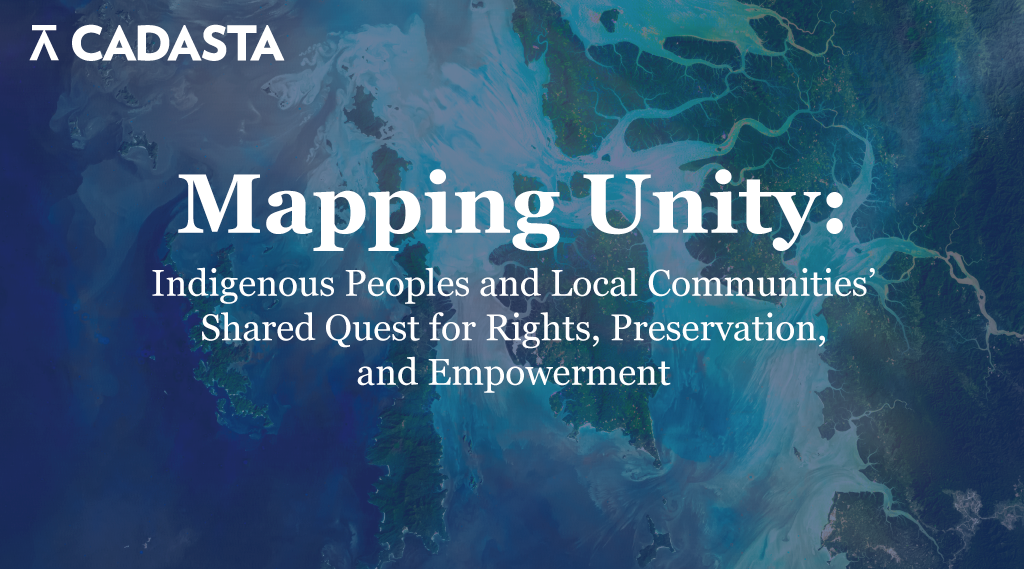Efforts to improve the agricultural production of hundreds of millions of subsistence farmers around the world like Liberia’s Kou Berpa have – for the most part – focused on the usual trifecta: improving her access to technology, quality inputs, and markets.
But there is a growing body of research that suggests these efforts are missing a critical lever: improving her inheritance rights.
Most recently, a study in Zambia found “consistent evidence of reduced land investment by married couples in villages where widows are less likely to inherit land.”
It has long been understood that women inherit poverty not property in much of the world. Widows do not have equal inheritance rights by law in 35 countries and in about half the countries around the world women face legal and customary challenges to their ownership, inheritance, and management of land. Many have decried the impact this has on the world’s 258.5 million widows and the 584.6 million children who depend on them, vulnerable families who are often pushed off their land, evicted from their home, and left without an way to support themselves.
But this latest study shows that the devastating impact of denying women their economic rights begins long before a woman is widowed. In fact, denying women their land rights dampens agricultural investment by both men and women – potentially for decades.
We must acknowledge that hundreds of millions of women around the world are undermined by a web of laws and customs that cast a long-shadow over their lives, undermining their efforts to climb out poverty. And we must rectify that without security, opportunity, and stability not only makes women like Kou Berpa (whose story you can read here) poorer and less resilient, it disadvantages us all.
The study, conducted by Brian Dillon of the University of Washington and Alessandra Voena of the University of Chicago, which will be published later this year, found that the threat of being displaced upon becoming a widow disincentivized critical investments in land. Couples in villages where women do not inherit land apply 37 to 50 percent less fertilizer, fallow 12 to 16 percent less land area, and use labor intensive techniques to reduce soil erosion on 7 to 11 percent fewer acres. What’s more, all of these investments impact agricultural production not just in the current season, but for many seasons to come — reducing land productivity over the long term.
Dillon and Voena write, “…households that observe their leaders expropriating widows’ land make small but important adjustments to invest less capital in their land.”
Consider the impact of these small decisions to invest less capital in their land, replicated again and again in village after village. Consider the world’s 564 million women farmers and how they might, if assured long-term rights to their land, be better stewards of the land, grow more food, and better feed and care for their families.
This study, only the most recent addition to a deep pool of research demonstrating the key role women’s land rights play in agricultural productivity, should prompt a reassessment of agricultural production and food security interventions and give efforts to strengthen women’s land rights added urgency.
At a time when we are scrambling to feed a growing planet and working to eradicate extreme poverty, national and global leaders must ensure that women, who make up 20 percent of the agricultural labor force in Latin American and nearly 50 percent of the ag labor force in East Asia and sub-Saharan Africa, are positioned to maximize the land they farm.
A fundamental way of achieving this is strengthening women’s rights to their most important asset – the land they rely on.
Over the last two decades a number of countries have made important strides in this regard. Rwanda, Kenya, and India have all passed laws to strengthen women’s rights to own, inherit, and manage land. They have also supported policies and programs to make those rights a reality for women, by educating local leaders about the need to support and protect women’s rights. These programs should be supported and replicated.
As we celebrate International Women’s Day, I invite you to join the growing movement in support of women’s land rights. You can learn more about the issue and read the land rights stories from women around the world on a new website launched by my organization, Cadasta Foundation and Land Portal in collaboration with our partners, including BRAC, Habitat for Humanity’s Solid Ground Campaign, Landesa, Namati, NRMC, Oxfam, OpenStreetMap Zambia, Resource Equity, Columbia Center on Sustainable Investment, and the UN Sustainable Development Solutions Thematic Network on Good Governance of Extractive and Land Resources: http://www.herlandherstory.com/ and join the conversation about the campaign by following #HerLandHerStory
This story was originally posted on www.thechicagocouncil.org





